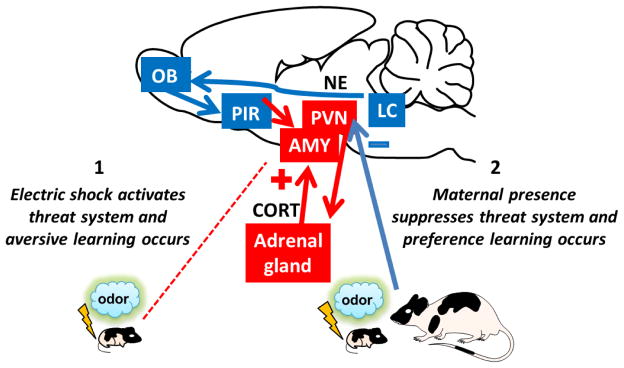Fig. 3. Transitional Sensitive Period for Attachment Learning (PN 10–15).
As pups mature (starting around PN 10) and begin exploring the area surrounding the nest, threat learning emerges. Away from the mother, when exposed to an innately noxious event, such as mild electric shock, pup’s threat processing system is activated (1). A response to threat involves the amygdala (AMY) and the hypothalamus-pituitary-adrenal gland (HPA) axis activation resulting in the release of the stress hormone corticosterone (CORT), which modulates synaptic plasticity and supports fear/aversion learning in the AMY. However, until around PN 15, maternal presence suppresses threat-induced HPA axis activation by blocking NE action in the paraventricular nucleus of the hypothalamus (PVN) and prevents threat/aversion learning enabling attachment/preference learning (2). Although, maternal stress buffering effects continue, from PN 16 on, maternal presence loses the ability to completely abolish amygdala-dependent fear learning.

